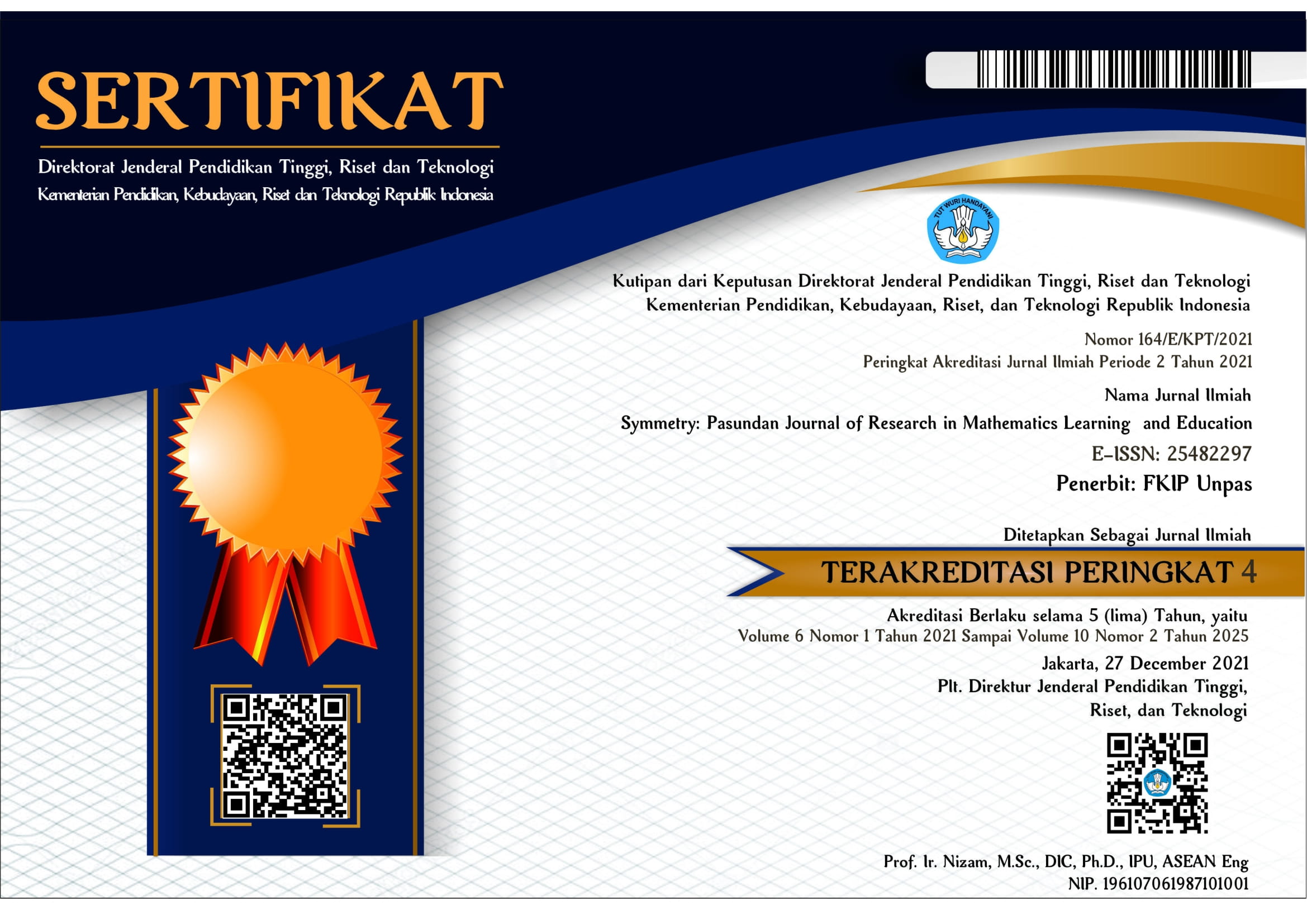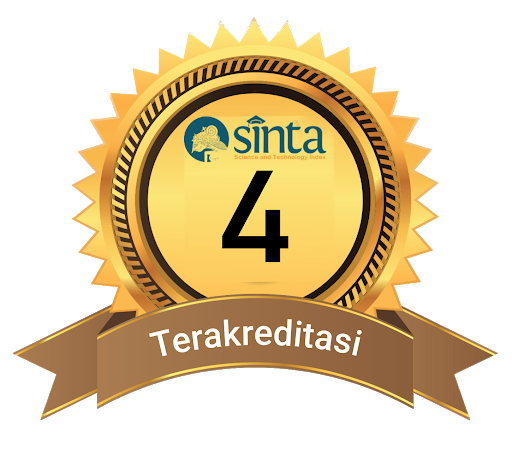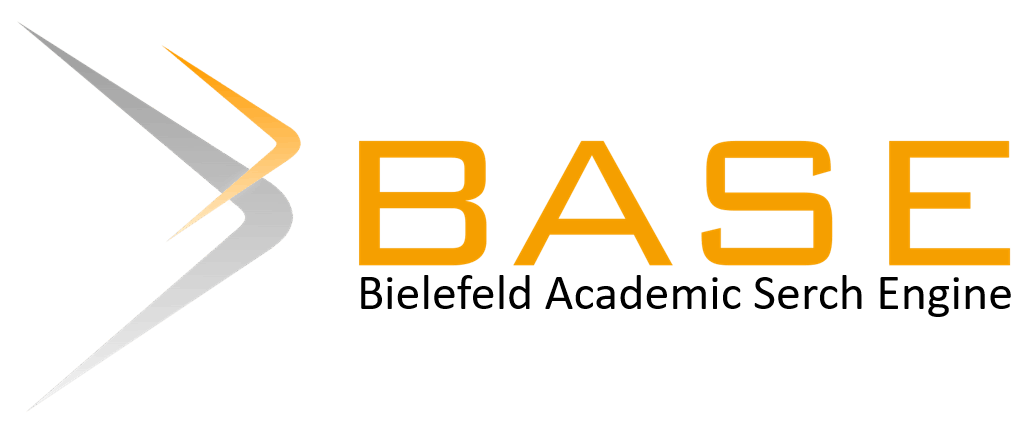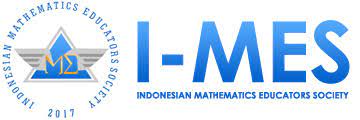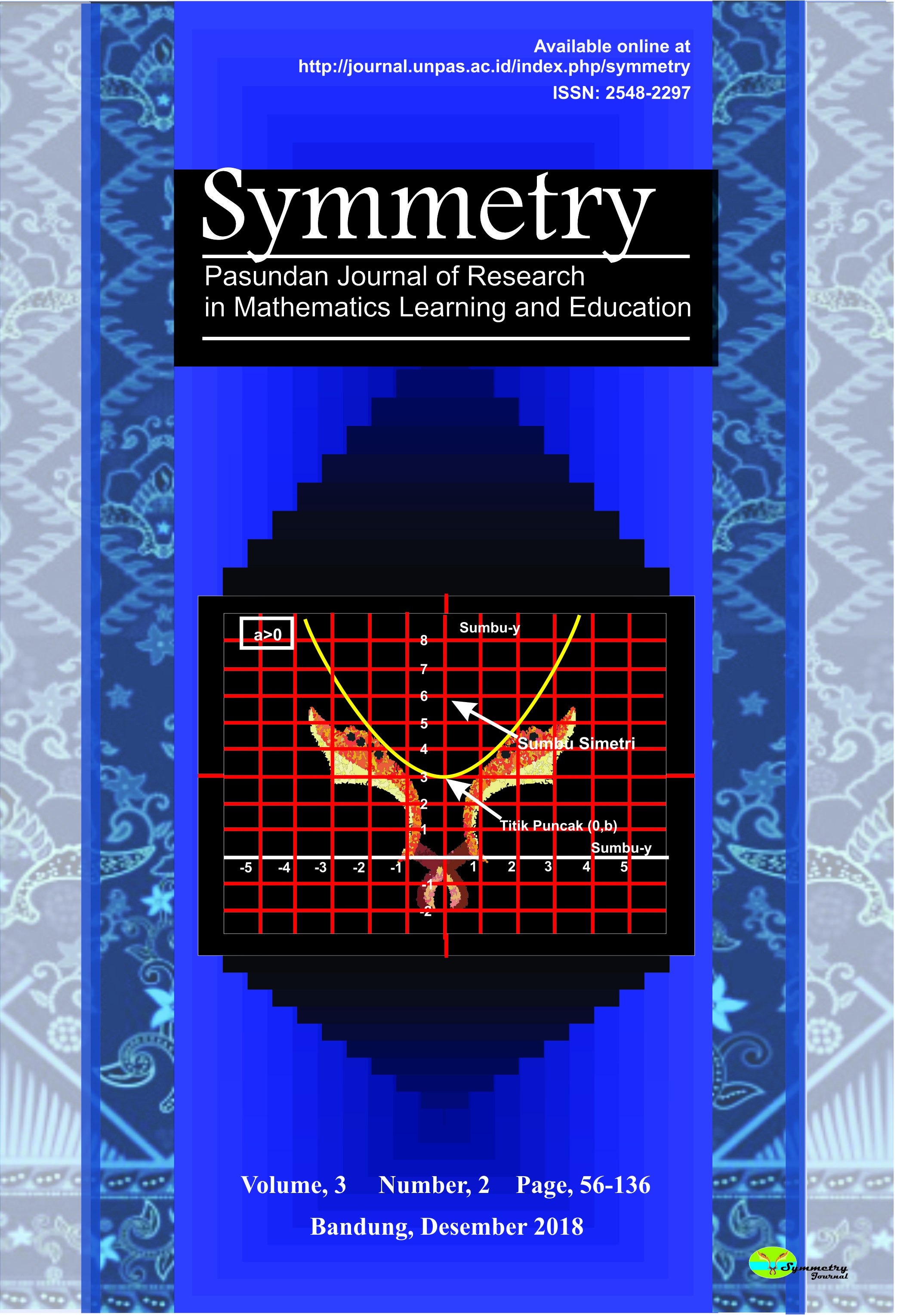SYSTEMATIC LITERATURE REVIEW OF MATHEMATICAL LITERACY: RESEARCH REVIEW BETWEEN 2019-2023
SYSTEMATIC LITERATURE REVIEW LITERASI MATEMATIKA: TINJAUAN PENELITIAN ANTARA 2019-2023
DOI:
https://doi.org/10.23969/symmetry.v9i2.19585Abstract
Mathematical literacy plays an important role in the success of mathematics learning. Mathematical literacy is closely related to several mathematical abilities such as mathematical reasoning and problem solving. Therefore, mathematical literacy is an important focus in mathematics learning. This study aims to analyze and identify trends in the novelty of research on mathematical literacy in the last 5 years. This research was conducted with a systematic literature review. The data sources for this study are from Google Scholar and Scopus. The tool used in data collection is Publish or Perish software with the keyword mathematical literacy with a publication range from 2019 to 2023. The data analysis uses the help of the Covidence website, Microsoft Excel, and Vos Viewer. The research found in the data collection process was 400 articles which were then analyzed by adjusting the inclusion and exclusion categories, title, abstract and article content using the help of the Covidence website. The results obtained from the data analysis were 13 studies indexed by Scopus and 13 other studies accredited by Sinta. The results of this study indicate that the trend of new mathematical literacy research is related to augmented reality, guided inquiry learning, and mathematical self-efficacy.
Downloads
References
Almarashdi, H. S., & Jarrah, A. M. (2022). The Impact of a Proposed Mathematics Enrichment Program on UAE Students’ Mathematical Literacy Based on the PISA Framework. Sustainability (Switzerland), 14(18), 1–13. https://doi.org/10.3390/su141811259
Almarashdi, H. S., & Jarrah, A. M. (2023). Assessing Tenth-Grade Students’ Mathematical Literacy Skills in Solving PISA Problems. Social Sciences, 12(1), 1–14. https://doi.org/10.3390/socsci12010033
Andari, R. M., & Setianingsih, R. (2021). Students’ Mathematical Literacy in Solving PISA Problem Using Indonesian Cultural Context. JRPM (Jurnal Review …, 6(Query date: 2023-10-11 09:16:334 cites: https://scholar.google.com/scholar?cites=16530249510270555983&as_sdt=2005&sciodt=2007&hl=en PG-), 52–67. https://jurnalftk.uinsby.ac.id/index.php/jrpm/article/view/1004https://jurnalftk.uinsby.ac.id/index.php/jrpm/article/download/1004/450 NS -
Braund, M. (2021). Critical STEM Literacy and the COVID-19 Pandemic. Canadian Journal of Science, Mathematics and Technology Education, 21(2 PG-339–356), 339–356. https://doi.org/10.1007/s42330-021-00150-w
Chasanah, A. N. (2021). The Classification of Mathematical Literacy Ability in Cognitive Growth Learning Viewed From Multiple Intelligences. Southeast Asian Mathematics Education Journal, 11(1), 1–12. https://doi.org/10.46517/seamej.v11i1.90
Connel, M. L. (2024). Developing Mathematical Literacy. In Cultivating Literate Citizenry Through Interdisciplinary Instruction (pp. 116–134). IGI Global.
Emilidha, W. P., Mariani, S., & Cahyono, A. N. (2023). Intervensi Pendidikan untuk Meningkatkan Literasi Matematika : Tinjauan Literatur Sistematis. X(1), 1–15.
Fauzana, R., Dahlan, J. A., & Jupri, A. (2020). The influence of realistic mathematics education (RME) approach in enhancing students’ mathematical literacy skills. Journal of Physics: Conference Series, 1521(3), 1–5. https://doi.org/10.1088/1742-6596/1521/3/032052
Fointuna, D. W., Kaluge, A. H., & Fernandez, A. J. (2020). An analysis of mathematical literacy of state junior high school students in Kupang. Journal of Physics: Conference Series, 1422(1), 1–7. https://doi.org/10.1088/1742-6596/1422/1/012025
Genc, M., & Erbas, A. K. (2019). Secondary mathematics teachers’ conceptions of mathematical literacy. International Journal of Education in Mathematics, Science and Technology, 7(3), 222–237.
Hasanah, A., Haryanto, D., Evayanti, M., Husnah, A. U., Samsudin, S., & Marasabessy, R. (2022). Implementation of Pbl-Hots Model To Students Mathematical Literacy Skill. AKSIOMA: Jurnal Program Studi Pendidikan Matematika, 11(1), 263. https://doi.org/10.24127/ajpm.v11i1.4588
Hasanah, M., & Hakim, D. L. (2022). Kemampuan Literasi Matematis Pada Soal Matematika PISA Konten Quantity dan Konten Change and Relationship. JURING (Journal for Research in Mathematics Learning), 5(2), 157. https://doi.org/10.24014/juring.v5i2.13785
Hasanah, U., Sari, N., Sukmaningthias, N., & ... (2022). Mathematical Literacy Skills of Junior High School Students Through Blended Learning Based on Indonesian Realistic Mathematics Education Approach. … on Mathematics …, 656(Query date: 2023-10-11 09:16:333 cites: https://scholar.google.com/scholar?cites=12549195656256576714&as_sdt=2005&sciodt=2007&hl=en PG-), 222–230. https://www.atlantis-press.com/proceedings/nacome-21/125972969https://www.atlantis-press.com/article/125972969.pdf NS -
Hwang, J., & Ham, Y. (2021). Relationship between mathematical literacy and opportunity to learn with different types of mathematical tasks. Journal on Mathematics Education, 12(2), 199–222. https://doi.org/10.22342/JME.12.2.13625.199-222
İlhan, A. (2021). The Impact of Game-Based, Modeling, and Collaborative Learning Methods on the Achievements, Motivations, and Visual Mathematical Literacy Perceptions. SAGE Open, 11(1 PG-), 1–17. https://doi.org/10.1177/21582440211003567
Inayah, F., Mariani, S., & Negeri Semarang, U. (2024). Pengaruh Kemandirian Belajar Terhadap Literasi Matematika Dengan Menerapkan Model Pembelajaran Pbl Berpendekatan Steam-Pmri. Symmetry | Pasundan Journal of Research in Mathematics Learning and Education, 9, 86–96. https://doi.org/10.23969/symmetry.v9i1.14857
Kolar, V. M., & Hodnik, T. (2021). Mathematical literacy from the perspective of solving contextual problems. European Journal of Educational Research, 10(1), 467–483. https://doi.org/10.12973/EU-JER.10.1.467
Kurniawati, R. P., Gunawan, I., & Marlina, D. (2020). Mathematic Literation Abilities Based on Problem Solving Abilities in First Class 4 of Elementary School. Proceedings of the 2nd Early Childhood and Primary Childhood Education, 487, 186–192.
Kusuma, D., Sukestiyatno, Y. I., Wardono, W., & Cahyono, A. N. (2021). The Characteristics of Mathematical Literacy Based on Students’ Executive Function. European Journal of Educational Research, 11(1), 193–206.
Madyaratri, D. Y., Wardono, & Prasetyo, A. P. B. (2019). Kemampuan Literasi Matematika Siswa pada Pembelajaran Problem Based Learning dengan Tinjauan Gaya Belajar. Prisma, Prosicing Seminar Nasional Matematika, 2, 648–658. https://journal.unnes.ac.id/sju/index.php/prisma/article/view/29213
Masfufah, R., & Afriansyah, E. A. (2021). Analisis Kemampuan Literasi Matematis Siswa melalui Soal PISA. Mosharafa: Jurnal Pendidikan Matematika, 10(2), 291–300. https://doi.org/10.31980/mosharafa.v10i2.825
Maslihah, S., Waluya, S. B., Rochmad, Kartono, Karomah, N., & Iqbal, K. (2021). Increasing mathematical literacy ability and learning independence through problem-based learning model with realistic mathematic education approach. Journal of Physics: Conference Series, 1918(4), 1–6. https://doi.org/10.1088/1742-6596/1918/4/042123
Maslihah, S., Waluya, S. B., Rochmad, & Suyitno, A. (2019). The Role of Mathematical Literacy to Improve High Order Thinking Skills. Journal of Physics: Conference Series, 1539(1), 1–6. https://doi.org/10.1088/1742-6596/1539/1/012085
Nisa, F., & Faradiba, S. S. (2023). Profil Literasi Matematis Peserta Didik Berdasarkan Level Kemampuan Pemecahan Masalah Soal PISA. Jurnal Cendekia : Jurnal Pendidikan Matematika, 7(2), 1003–1019. https://doi.org/10.31004/cendekia.v7i2.2211
Nisa, F. K., & Arliani, E. (2023). Junior high school students’ mathematical literacy in terms of mathematical self-efficacy. Jurnal Elemen, 9(Query date: 2023-10-11 09:16:332 cites: https://scholar.google.com/scholar?cites=4824824377695613856&as_sdt=2005&sciodt=2007&hl=en PG-), 283–297. https://scholar.archive.org/work/nycl2erslbgn5jcd5hrg2gdnxe/access/wayback/http://e-journal.hamzanwadi.ac.id/index.php/jel/article/download/7140/pdfhttps://scholar.archive.org/work/nycl2erslbgn5jcd5hrg2gdnxe/access/wayback/http://e-journal.hamzanwadi.ac.i
OECD. (2014). Comparison of PIAAC and PISA Frameworks for Numeracy and Mathematical Literacy. OECD Education Working Papers, 102(102), 58. http://www.keepeek.com/Digital-Asset-Management/oecd/education/comparison-of-piaac-and-pisa-frameworks-for-numeracy-and-mathematical-literacy_5jz3wl63cs6f-en#page1
OECD. (2015). PISA 2015 Assessment and Analytical Framework: Science, Reading, Mathematic, Financial Literacy and Collaborative Problem Solving (Revised Edition). In OECD Publishing.
OECD. (2022). PISA 2022 Results: The State of Learning and Equity in Education: Vol. I (Issue 2).
Pujiastuti, H., & Haryadi, R. (2023). Enhancing Mathematical Literacy Ability through Guided Inquiry Learning with Augmented Reality. Journal of Education and E-Learning Research, 20(Query date: 2023-10-11 09:16:332 cites: https://scholar.google.com/scholar?cites=15447952288618030065&as_sdt=2005&sciodt=2007&hl=en PG-), 43–50. https://eric.ed.gov/?id=EJ1381221https://files.eric.ed.gov/fulltext/EJ1381221.pdf NS -
Purnama, M. I., Fisher, D., Subaryo, & Anggiana, A. D. (2023). Kemampuan Literasi Matematis Peserta Didik SMP Melalui Model Problem Based Learning dengan Teknik MURDER. SYMMETRY: Pasundan Journal of Research in Mathematics Learning and Education, 08(01), 146–156. https://doi.org/10.23969/symmetry.v8i1.8252
Rahmawati, W. A., Usodo, B., & Fitriana, D. L. (2021). Mathematical Literacy Skills Students of the Junior High School in Solving PISA-Like Mathematical Problems. IOP Conference Series: Earth and Environmental Science, 1808(1), 1–7. https://doi.org/10.1088/1742-6596/1808/1/012045
Sakinah, M., & Avip, P. B. (2021). An analysis of students’ mathematical literacy skills assessed from students’ learning style. Journal of Physics: Conference Series, 1882(1), 1–7. https://doi.org/10.1088/1742-6596/1882/1/012075
Sari, N., Nuraeni, Z., & Sukmaningthias, N. (2022). Interaction between RME-based blended learning and self-regulated learning in improving mathematical literacy. Jurnal Elemen, 8(Query date: 2023-10-11 09:16:331 cites: https://scholar.google.com/scholar?cites=11249731666562352841&as_sdt=2005&sciodt=2007&hl=en PG-), 631–644. https://scholar.archive.org/work/l4v7fyxt45eq3myrnj2zahvazq/access/wayback/http://e-journal.hamzanwadi.ac.id/index.php/jel/article/download/5751/pdfhttps://scholar.archive.org/work/l4v7fyxt45eq3myrnj2zahvazq/access/wayback/http://e-journal.hamzanwadi.ac.i
Suciati, Munadi, S., Sugiman, S., & Febriyanti, W. D. R. (2022). Design and Validation of Mathematical Literacy Instruments for Assessment for Learning in Indonesia. European Journal of Educational Research, 11(2), 859–872.
Susanta, A., Sumardi, H., & Susanto, E. (2022). Students’ Mathematical Literacy Ability in Solving Problems on Pattern Material Using the Bengkulu Local Contexts. Jurnal Didaktik Matematika, 9(Query date: 2023-10-11 09:16:335 cites: https://scholar.google.com/scholar?cites=11183230354220379291&as_sdt=2005&sciodt=2007&hl=en PG-), 343–357. https://jurnal.usk.ac.id/DM/article/view/26741https://jurnal.usk.ac.id/DM/article/download/26741/16718 NS -
Tanudjaya, C. P., & Doorman, M. (2020). Examining higher order thinking in Indonesian lower secondary mathematics classrooms. Journal on Mathematics Education, 11(2), 277–300. https://doi.org/10.22342/jme.11.2.11000.277-300
Umbara, U., & Suryadi, D. (2019). Re-interpretation of mathematical literacy based on the teacher’s perspective. International Journal of Instruction, 12(4), 789–806. https://doi.org/10.29333/iji.2019.12450a
Wardono, & Mariani, S. (2020). Increased mathematical literacy and HOTs through realistic learning assisted by e-schoology. Journal of Physics: Conference Series, 1567(3). https://doi.org/10.1088/1742-6596/1567/3/032016
Widianti, W., & Hidayati, N. (2021). Analisis Kemampuan Literasi Matematis Siswa Smp Pada Materi Segitiga Dan Segiempat. Jurnal Pembelajaran Matematika Inovatif, 4(1), 27–38. https://doi.org/10.22460/jpmi.v4i1.27-38
Yuberta, K. R., Nari, N., & Gustia, E. (2020). Kemampuan Literasi Matematis Siswa Dengan Menerapkan Model Pembelajaran Creative Problem Solving (Cps). Jurnal Saintika Unpam : Jurnal Sains Dan Matematika Unpam, 3(1), 68. https://doi.org/10.32493/jsmu.v3i1.6269
Yulia, Y., Kustati, M., & Afriadi, J. (2021). Mathematical literacy: A case study on Padang students’ mathematical ability. Al-Jabar: Jurnal Pendidikan …, 12(1), 109–120. http://ejournal.radenintan.ac.id/index.php/al-jabar/article/view/8538http://ejournal.radenintan.ac.id/index.php/al-jabar/article/viewFile/8538/4353 NS -
Downloads
Published
Issue
Section
License
Copyright (c) 2024 Symmetry: Pasundan Journal of Research in Mathematics Learning and Education

This work is licensed under a Creative Commons Attribution 4.0 International License.
Hak Cipta sepenuhnya ditangan jurnal.

